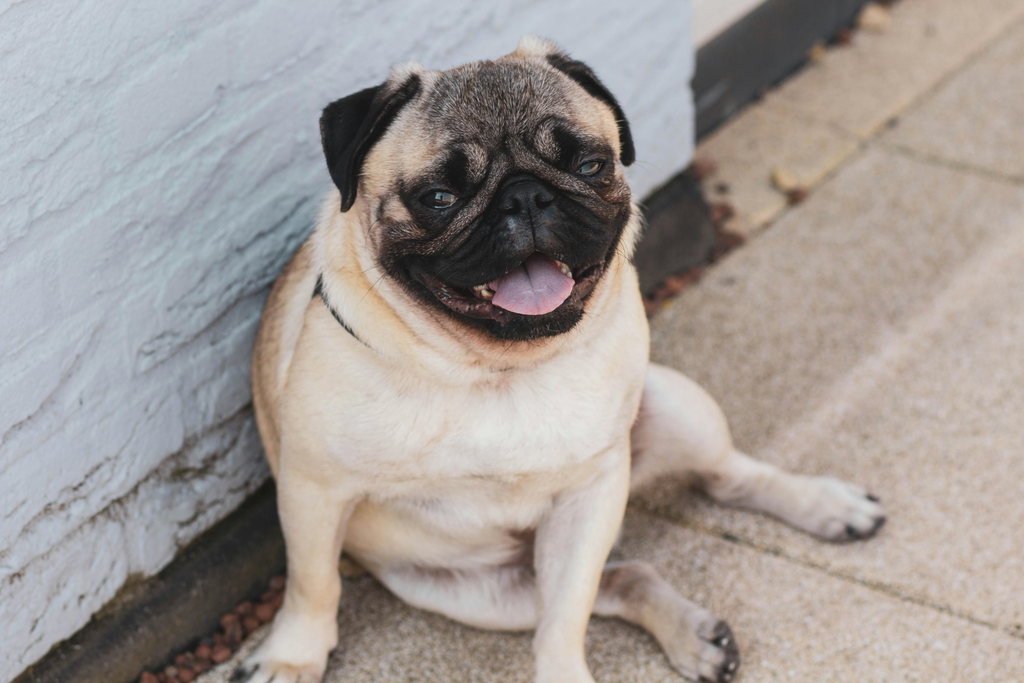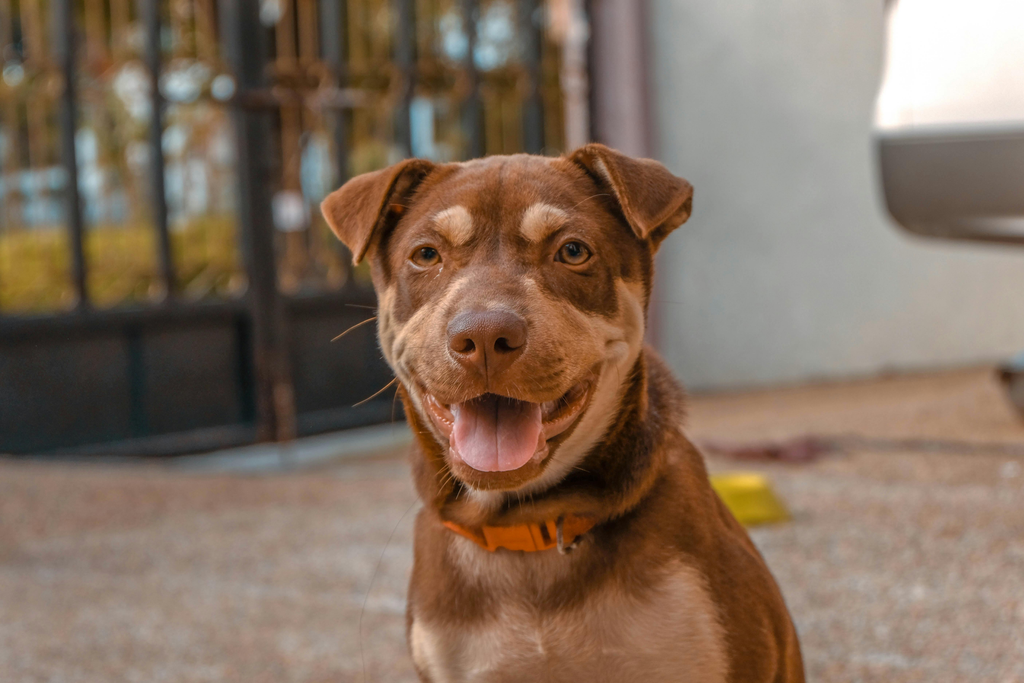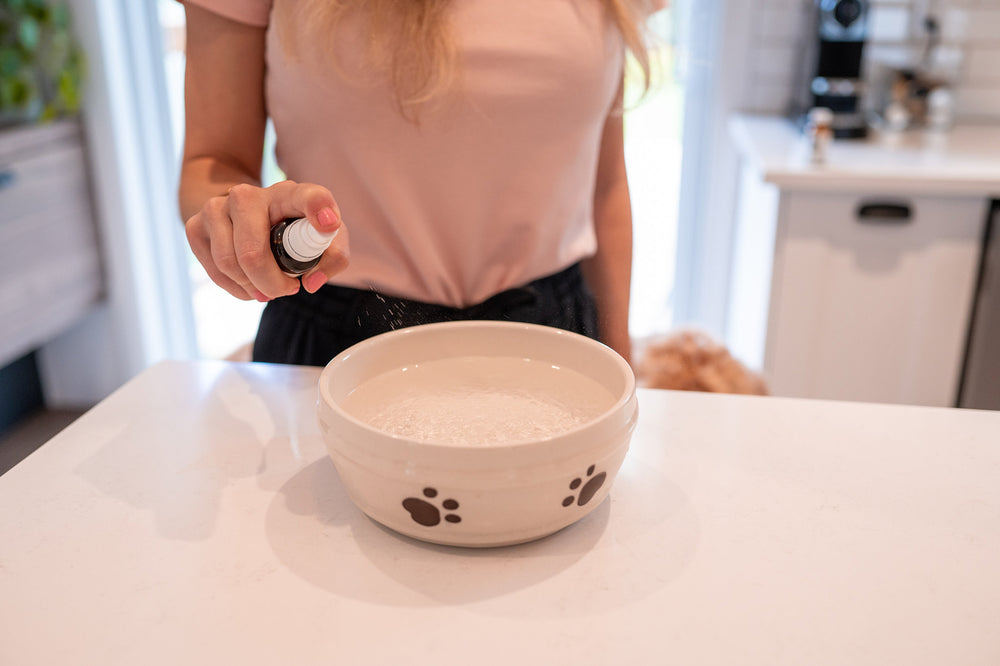7 Warning Signs Your Dog Is Overweight
While this may sound surprising, allowing your dog to be a "few pounds overweight" can already have a significant impact on his overall health. Besides becoming more prone to wellness problems sooner or later, weight issues can also considerably shorten your pet's lifespan.
We've put together this blog post to help pet parents like you not just determine if they've got an overweight dog, but also give a walkthrough on the poor health conditions their canine companions can go through if they have a lot of extra pounds.
Maintaining a healthy weight for your dog is one way to make him stay healthy
It is crucial to remember that making sure your dog has a healthy weight means that he will also have a healthy life. If you're still having a tricky time figuring out if your dog needs to lose weight, then you've come to the right place.
Make sure you read on to determine if your pooch just has extra weight or already requires pet obesity prevention. Let's start things off by having a quick overview if you need to make your dog lose weight now...
Is Your Dog Overweight?

What's interesting is that the question of whether your canine companion is overweight or obese is a rather objective topic. Overweight dogs cannot just be singled out in an instant. Your pet's overall weight can be attributed to a lot of factors.
These include your dog's breed, how much food he consumes daily or "calorie intake," your dog's diet, the amount of physical activity he regularly engages in, as well as the presence of underlying health issues.
A quick and easy tip to check if you have an overweight dog
Here's a simple tip to see if your dog is overweight. When you run your hands around his flanks and abdomen, you should be able to feel your dog's ribs. You can check for fat pads while you're at it, too. Also when you look at your dog from the side, the abdomen should be thinner than the chest. If not, your dog shows signs of being overweight.
Alternatively, if your dog's ribs are pretty prominent without even touching them, this could be a sign that he is losing weight. While weight loss is not a problem in most dogs, there is a possibility that your pet could be having issues with parasites or gastrointestinal disease (or cancer in very extreme cases) if it is happening too quickly.
Difference Between Overweight and Obese Dogs
As explained earlier, this cannot be determined right off the bat for our four-legged friends. Your vet will take a lot of factors into consideration to do so. Large dog breeds can weigh considerably more than their small breed counterparts. Body fat can also vary with respect to working dogs and toy dogs.
Moreover, older dogs tend to also experience weight loss when they reach their senior years. After taking a look at all these factors, your vet can now decide whether or not your pooch needs to undergo a weight loss plan.
An Overweight Dog Can Lead to Health Problems
We are stressing the need to check if you have either an overweight dog or an obese one since excessive weight gain can subsequently lead to a lot of health problems. And what's alarming is that some of them could be fatal to your pet, too.
Is portion control already needed?
According to the American Kennel Club, if your dog's body condition score (you can think of it as the pet version of the body mass index or BMI) is pretty high, he can be susceptible to high blood pressure, degenerative joint disease, respiratory problems, and urinary bladder stones, among others.
As we've explained earlier, what is considered overweight dogs can vary from one pooch to another. So if you have the habit of giving your pooch too many treats, this could make your dog overweight sooner or later.
Healthy Weight is Crucial for Overall Quality of Life

We are all well aware of the benefits of being fit, eating well, and exercising. We sometimes go to great lengths to improve our own health, not hesitating to spend outrageous amounts of money on a gym membership, a treadmill for our living room, organic foods, and natural health products.
You could be in for a "weigh in surprise.
Is it possible that you have been neglecting your dog and making him gain weight? Are you overfeeding him with unhealthy food like table scraps? Are you forgetting to walk or exercise him? Are you unknowingly making your dog's body prone to excessive weight gain? Do you feed your dog more calories or is his food consumption off the charts?
Regardless if there are different breeds (particularly large breeds like the Great Dane and St. Bernard), these questions can help you gauge if your dog needs to have weight loss in your pet care checklist.
Is It Time to Make Your Dog Lose Weight?
Just as excess weight and obesity can have disastrous effects on human health, the same applies to your dog. Obesity comes with a plethora of risks and diseases: diabetes, respiratory conditions, arthritis, joint disorders, even behavioral problems, and a reduction in lifespan.
A very high body condition score is not something to overlook
Like humans, dogs don’t become overweight overnight. It’s usually because of a few bad habits that our furry friend puts on weight, sometimes even without our noticing it. However, don’t let things go too far. Regularly check on what your dog eats and engage him in regular exercise.
Here is a non-exhaustive list of 7 elements to pay attention to when it comes to your dog’s weight such as his weight, the fact that you can feel his ribs, his abdomen and waist shape, as well as his overall stamina and desire to play.
1. His Weight is Higher Than Normal.

If you suspect your dog is overweight, your first reaction could be to rush to your bathroom scale and weigh him. However, since dogs come in all shapes and sizes, your dog’s actual weight can easily deceive you by making you think he is lean or overweight when that is not the case.
So don’t panic if the extra weight seems rather substantial. Get your calculator and do some math instead. Get a chart, either from your veterinarian or pet wellness expert, that indicates your dog’s ideal weight, taking into account his breed, ideal fat levels, height, and age.
You should help your dog lose weight when this happens...
If your dog is about 20% heavier than his ideal body weight, then he is overweight. A little change in his routine and diet can have a great impact not only on the scale but on his overall health. If he is beyond 20% heavier than normal, greater measures might be necessary, such as resorting to weight loss foods and loading up on fewer calories.
Before you change anything too radically though, please consult your veterinarian to make sure you are not damaging your dog’s health through your earnest efforts to help him. This includes shifting from dry food to wet food or changing his diet altogether with new food.
2. You Should Be Able to Feel the Ribs.
A good indicator if you’re not sure whether your dog is overweight or not is the "rib test." Run your hands around his flanks and abdomen. On a dog at an ideal weight, you should be able to feel the ribs (but not see them, which would mean your dog is too skinny).
Overweight dogs don't have prominent ribs.
If you cannot find them, if you cannot feel them through the fat your dog has been accumulating over the years, then maybe it’s time to change his diet and get him to exercise. Just remember that having fat is normal. Having excessive amounts of it is the problem.
3. Your Dog Has a Prominent Abdomen.

When you look at your dog from the side, his shape should be wider at the chest and thinner at the abdomen. There should be an abdominal tuck. If the body shape looks more like a tube or worse—if the abdomen is prominent—then it’s a sign your dog is overweight.
His daily diet may be the culprit.
What you feed your dog can also be a factor in this issue. Besides the choice of diet, the absence of high-fiber foods and veggies like green beans can also lead to a pot belly in dogs. Remember, your pet has the free choice of snacking the whole day if you keep his bowl full.
4. The Waist Should Be an Hourglass Shape.
When you look at your dog from above (I’m giving you a workout here!), you should clearly spot his waist. There should be an overall hourglass shape. If the figure is straight or thicker at the waist, don’t "waste" time and take steps to improve your dog’s health.
As we emphasized earlier, giving dogs healthy food and regular exercise is a must to help your pooch maintain ideal weight and keep clear from wellness issues like joint problems.
5. No More Interest in Physical Activities.

Your dog used to be so energetic, sometimes to the point of draining you of your own energy. He used to play around, go fetch, be enthusiastic whenever you came back home, try to catch his tail, or much to your dismay, try to chase bicycles and cars...when he was a puppy, that is.
Now, he prefers the coziness of the couch, and sleeping has gradually become more appealing than playing outdoors. As we've highlighted earlier, food and exercise really come into play in this scenario. Starting with short and relaxed daily walks can do the trick!
If this scenario seems familiar, maybe your dog has become apathetic because his weight keeps him from being active or because exercise requires much more effort than before. A general sense of apathy can be a sign your dog is overweight.
6. Your Dog Seems to No Longer Have Stamina.
If your dog can perform all his regular activities and still looks quite active, but cannot do as much as before, cannot play as long as before, cannot run as fast as before, or gets quickly tired, check his weight.
For example, imagine your dog’s ideal weight is 21 kg, and he has put on weight over the last few months and now weighs 28kg. Think about it—that’s an extra 7 kg of fat that he has to carry around, that his muscles have to support, that his blood needs to feed, that his heart has to maintain, and so on.
No wonder your dog prefers the couch to the backyard when exercising requires so much effort! We know we repeat this over and over, but making sure that you give your pooch the right amount of healthy food and regular exercise is a must.
7. Not Following You Around Everywhere.
Your dog used to follow you around the house all the time but now, he skips his turn when you take a trip to the basement. Or if your dog needs three attempts before he can jump on the couch, his weight is in sure needs to be checked. Your dog's weight could be problematic if he doesn't seem to follow you all over.





Hi Jim,
Thank you for your comment. I hope that this article has proven helpful for your dog. For sure, if you are already feeding the correct portions and also providing the right amount of exercise, be sure to have some blood tests done to make sure nothing is going on internally that is stopping weight loss. You may also like our blog article with more tips to help safely weight loss: https://www.homeoanimal.com/blogs/blog-pet-health/81155972-how-do-i-safely-and-effectively-help-my-dog-or-cat-lose-weight
I hope this helps!
HOMEOANIMAL
my 6 yr. old snauser/poole mix perferred weight is 31. he weighs 37. best way to get weight down ? has been on natural balance lit. 11/2 cup per day plus very small amount of treats. thanks for any reply. jim
Leave a comment